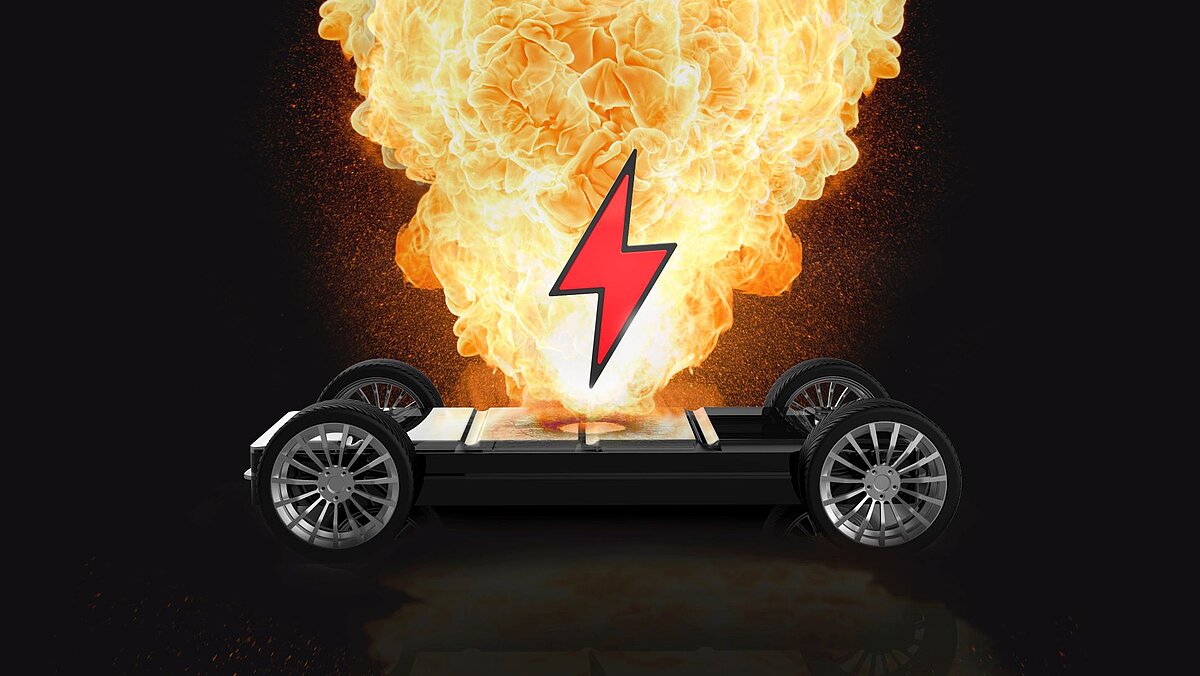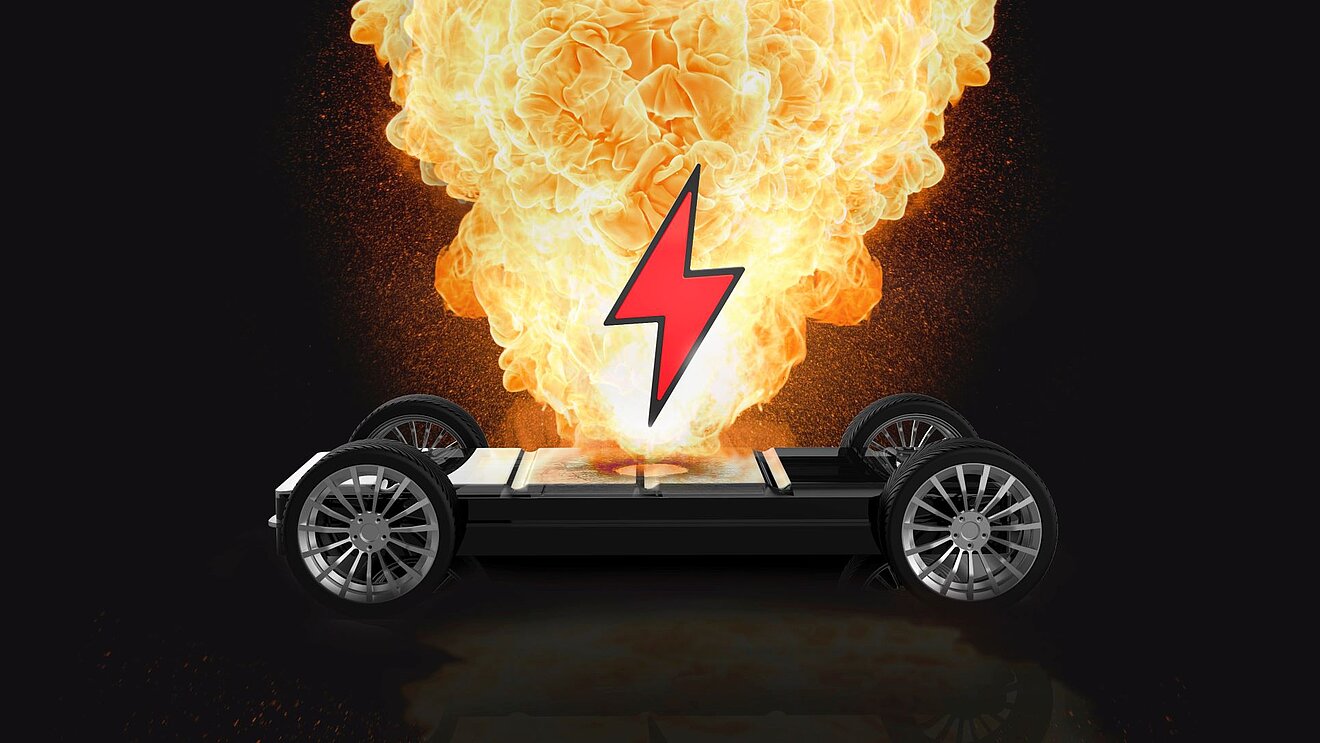Thermal Runaway and the Future of E-Mobility

The lithium-ion battery has a high energy density, allows many charging cycles and has a long service life. But at the same time, tight tolerances must be maintained and a well thought-out cooling concept implemented, otherwise the battery overheats and can ignite or explode. According to Merkle & Partner, this "thermal runaway" can be better understood and controlled with the help of simulation technologies.
Thermal runaway refers to the thermal runaway of a system, i.e., the immediate release of energy in the form of heat. In the case of lithium-ion batteries in the field of e-mobility, the control of thermal runaway is an essential safety-relevant issue.
After all, burning batteries and unquenchable fires, even more so under high voltage of 400 V, are a sword of Damocles for e-mobility. Thermal runaways in e-batteries can be caused by defects in individual cells, local overheating or deformation of the cells in an accident.
Engineering simulation calculations via CFD and FEM simulations can provide valuable insights here. The physics for this can be described with simulation models of varying complexity; for example, if the cooling system cannot sufficiently dissipate occurring heat, neighboring cells exceed a limit temperature, current resistance increases and cooling fails, or if neighboring cells are also short-circuited by exploding cells.
"Extensive tests on test rigs require long lead times and test capacities are currently still too low. Also, while the test provides information about what happens, it provides less information about what can be done to prevent or optimize it. This is where simulation calculations give us an unbeatable advantage," says Stefan Merkle, Managing Director of Merkle & Partner GbR.
Investigating crash scenarios in the event of an accident helps to prevent damage to the cells by designing the battery housing accordingly. If this is now combined with simulation scenarios for thermal runaway, the safety of batteries in e-vehicles can be significantly increased through correct design and the use of suitable materials.
Figure 1: Thermal runaway can be better understood using simulation technologies.

Fig. 2: Dipl.-Ing. (TU) Stefan Merkle, Managing Director of Merkle & Partner GbR.
